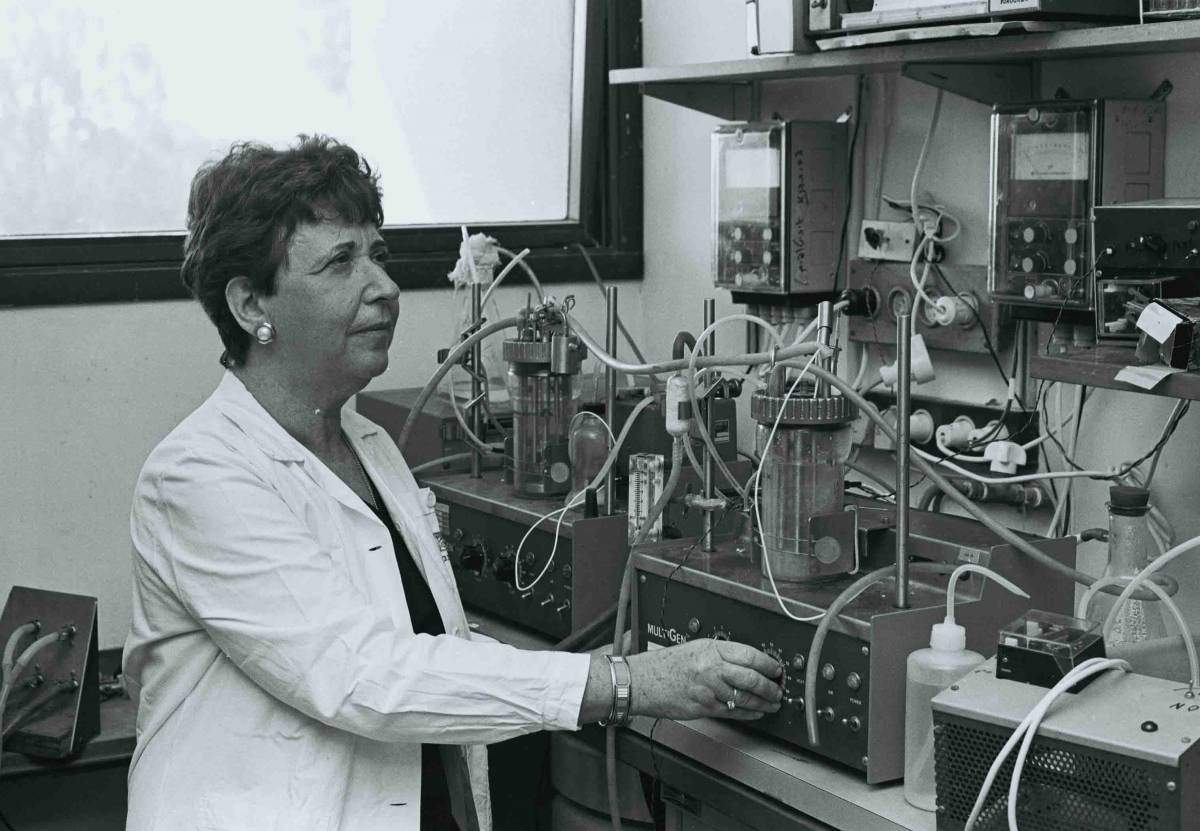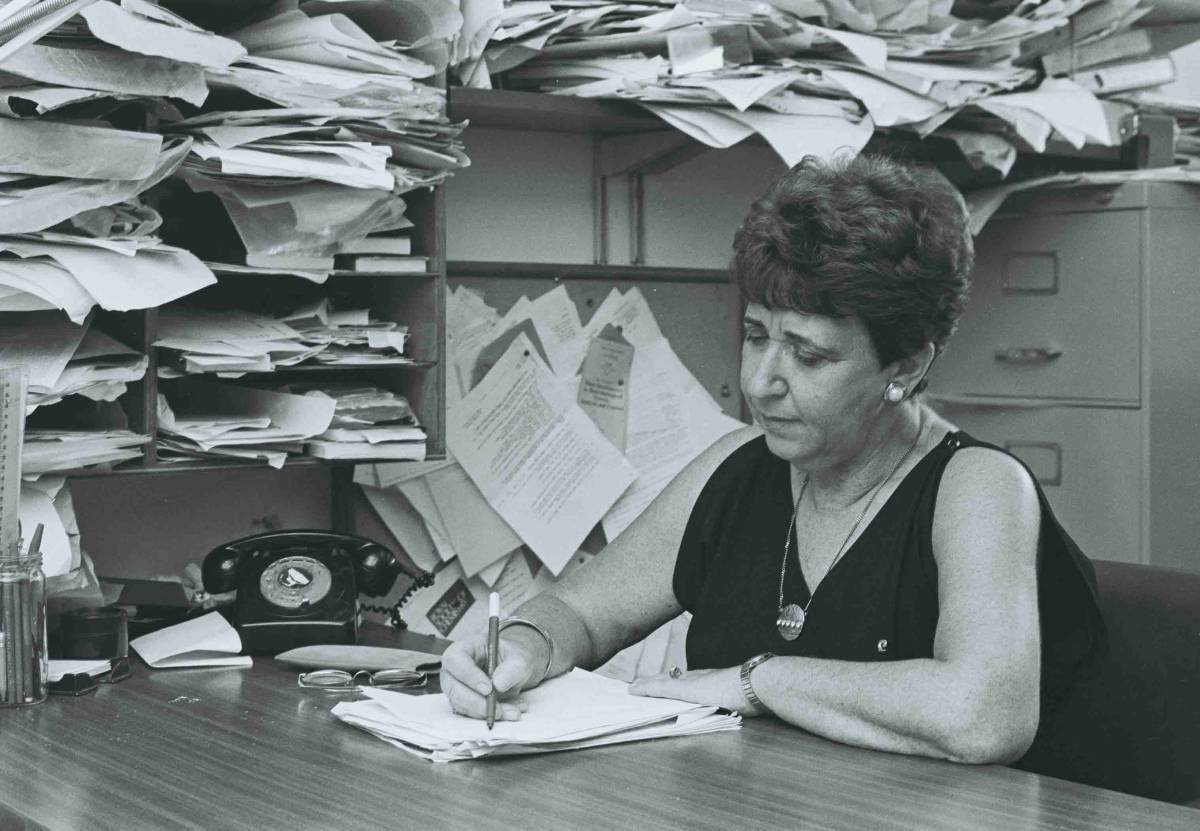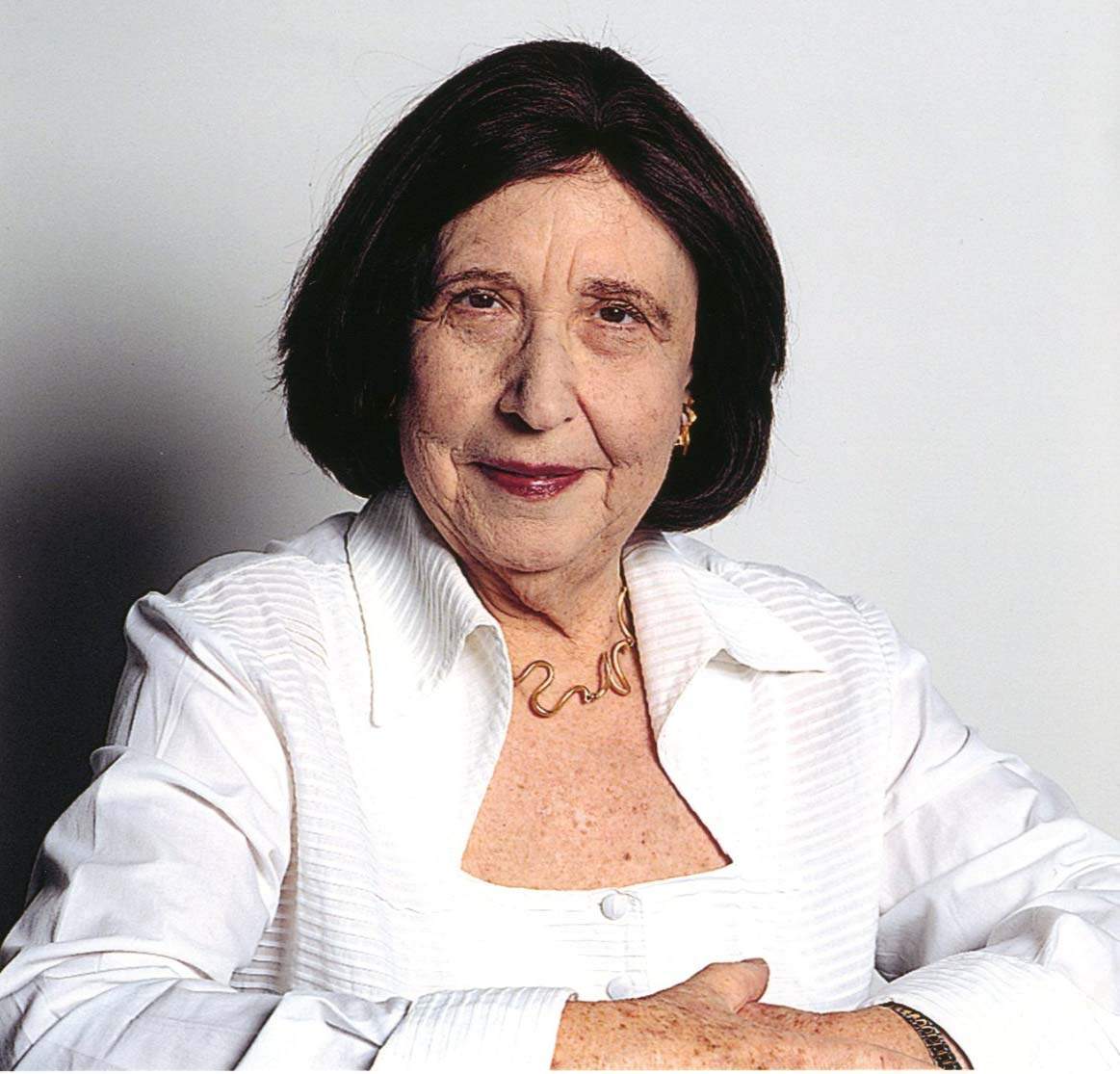Are you a journalist? Please sign up here for our press releases
Subscribe to our monthly newsletter:

Aviva’s parents, Tanya and Pinhas Goren, came to Israel before the Second World War – Tanya from Lithuania, Pinhas from Poland. They were married by the Chief Rabbi, Harav Kook, and Aviva was born in Tel Aviv. A fervent Zionist, Pinhas asked his friend, the poet Haim Nahman Bialik, for a Hebrew name for his daughter. Since she had been born on the eve of the Passover Seder, among others he suggested Aviva (for spring) and Heruta (for freedom). Her brother, born on Tu B’shvat, was named Ilan – a tree. Aviva grew up in “little Tel Aviv,” and she was surrounded by culture: Her kindergarten teacher was the sister of the composer Moshe Vilensky, and she learned to sing his songs before learning to read.
By the fifth grade, Aviva was writing her first “scientific paper,” on the discovery of penicillin, a piece that hung in the school for several years, and she went on to the prestigious Geula gymnasium high school. By that point, Aviva knew she wanted to study chemistry and, unlike most of the girls in her class, she chose a science track.
Together with a young American woman, she posed as a member of the press to gain entry to the French parliament
After a short stint in the army, Aviva enrolled in the Hebrew University. This was just after the War of Independence; the Hadassah/ Har Hatzofim campus in East Jerusalem had fallen under Jordanian control, and the Givat Ram campus had not yet been built. The lecture halls and labs were mostly houses and apartments in the Mamilla quarter of the city. Of the chemistry majors in her year, only four were women.
At the end of her third year, Aviva had a dream come true – she went on a trip to France, traveling on board a ship to Paris. She visited the Louvre every day, each time a different wing. Together with a young American woman, she posed as a member of the press to gain entry to the French parliament.

At one of the parties organized by the Israeli students in the city, she met her future husband, Boaz, an engineering student at the Technion in Haifa. They met again in Israel and were married in 1955.
Her first job was at Beilinson Hospital, but she soon left, as she wanted to conduct research. Upon a recommendation from Prof. Ernst Bergmann, then the science advisor to Prime Minister David Ben-Gurion, Lapidot joined the Weizmann Institute Isotope Department, headed by Prof. Israel Dostrovsky. Aviva was in the group of Prof. Mordechai Helman, and she began working on research into synthesizing organophosphate materials. The task she was given was to extract uranium from the copper-bearing rocks found in the southern Negev desert.
Prof. Bergmann encouraged her to write a doctoral thesis, even though the Weizmann Institute was not, in those days, accredited to grant academic degrees. Even though her work was done at the Institute, her degree was conferred by the Hebrew University in Jerusalem. Her doctorate, completed in 1961, was on the synthesis of new materials using heavy water. Prof Isaac Berenblum, who had established the first biology department at the Institute, offered her a position in his department. But Aviva preferred to stay where she was, in the Isotope Department, and to investigate various chemical mechanisms using stable isotopes.
Dror, her first son, was born in 1962, while she was working on her postdoc. Just at that time her husband, who was in the aerospace industry, was being sent to France. Aviva did not want to go with him unless she also had a position, so she got up the courage to write to Prof. Edgar Lederer at the University of Paris. She had earlier taken issue with a paper Lederer had written, and she feared he would not answer her. He not only invited her to come, but made sure she had a grant to do so. She still remembers fondly the warm treatment she enjoyed in her two years there.
In 1968, Lapidot returned to the Weizmann Institute of Science as a PI. Over the years, her research groups developed and used cutting edge technology – non-radioactive isotopes and nuclear magnetic resonance -- for studying biological systems ranging from bacteria to humans. Her group was the first in the world to use stable isotopes in premature babies to measure crucial metabolic parameters.
With the demise of the Isotope Department, Aviva and her group of ten researchers moved to the Organic Chemistry Department. This was during a wave of immigration from the Soviet Union, and in addition to the new immigrants, her group included young researchers from China, India and Africa.

In the following years, their efforts would be directed toward creating new materials to be used in research on cancer and AIDS. When a large pharmaceutical firm acquired a patent based on research by her group, Aviva split the royalties among its members and donated her share to science.
Lapidot says she has kept in touch with friends from all the stages of her life, starting in kindergarten and throughout her academic career. She counts among these Profs. Ruth Arnon and Ada Zamir, whom she met in her second year of studies, and students she has guided over the years, as well as such world-renowned scientists as Harold Schraga.
To date, Lapidot has published more than 150 papers, books and reviews, and she is still involved in scientific activities today. Despite her outstanding achievements, she is still moved by kind gestures from her contemporaries and by the fact that her work has advanced modern medicine. Above all, she says, she is grateful for having been able to follow her chosen path in life.
Prof. Aviva Lapidot passed away on September 13, 2018.